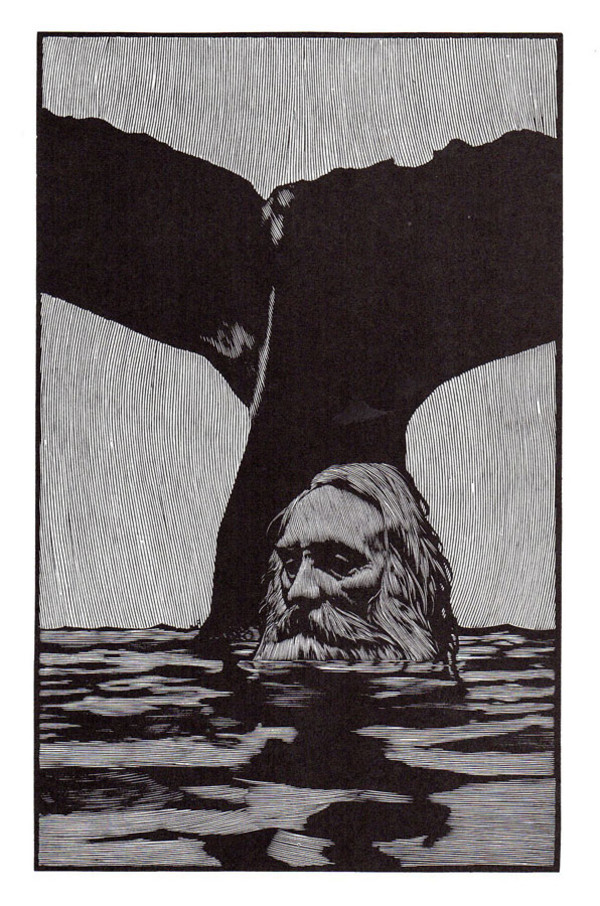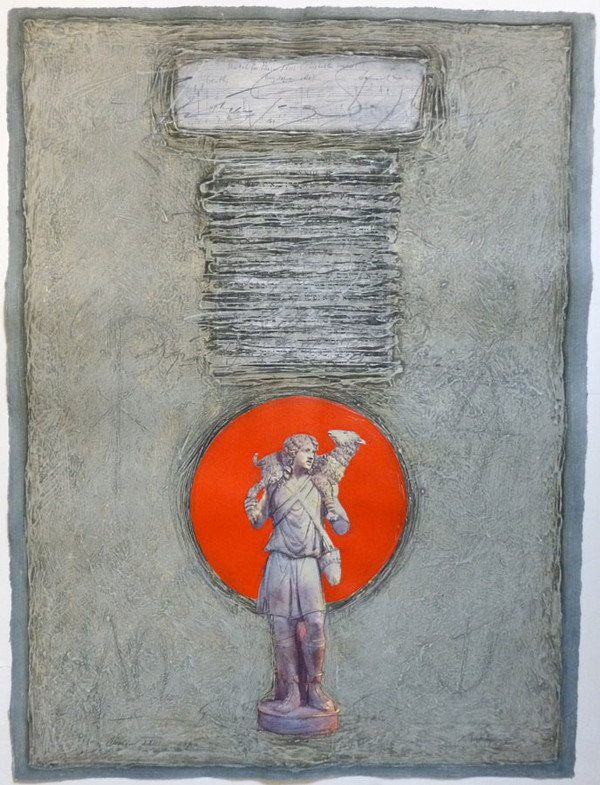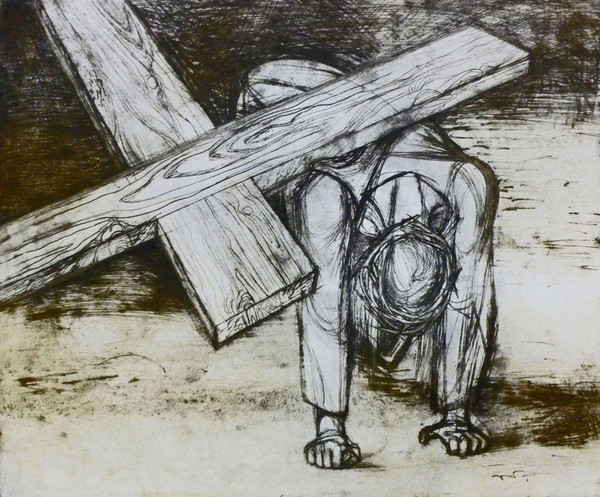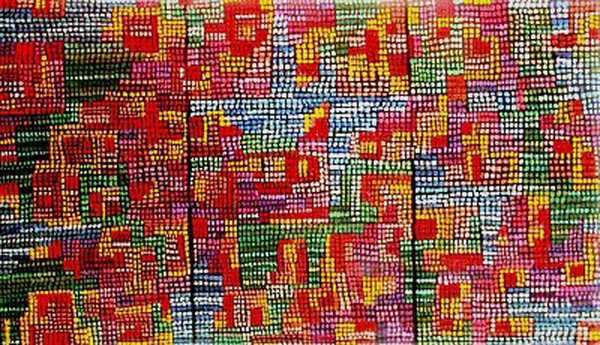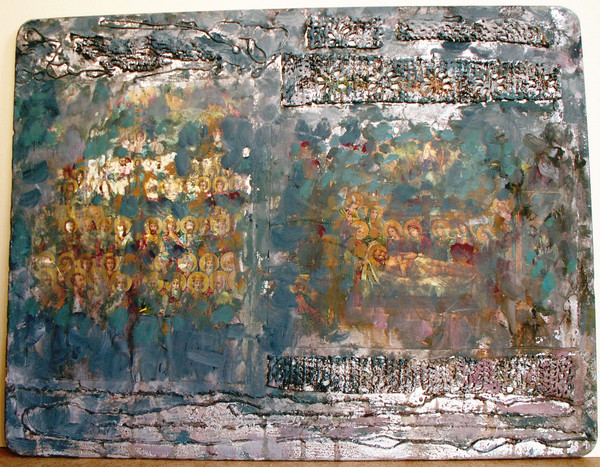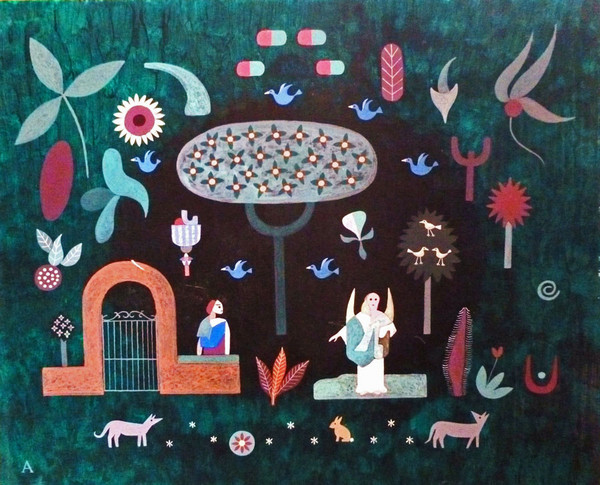Merry Christmas! I hope you all enjoyed a peaceful and meaningful Christmas Day. This year my six-year-old’s “second favorite” Christmas song (trumping “Rudolph” is no easy feat) is “The Twelve Days of Christmas.” We are in full swing!
Today I offer you a different kind of Christmas reflection. The post below was originally published on the blog of my friend Jillian Ciriello (www.momingrace.wordpress.com). Jillian is a thoughtful young woman, the mother of a lively toddler, a nurse by trade, a faithful disciple of Jesus, and a compassionate human being.
Jillian’s post is a timely reflection on the conflict in Syria. She helps us understand how near Syria is to Bethlehem (“less than the mileage I will log in the car while visiting family this Christmas”). She explains the anxiety and needs of many Syrian families, expresses our own angst and uncertainty as we watch the suffering from afar, and offers a concrete way we can help.
"Underwear for Christmas"
As my heart turns to Bethlehem, I find it pulled closer to Syria this Christmas. Amid a complex civil war, babies are killed and millions of widows and orphans flee trying to find safety. In this painful conflict I hear the words of Jeremiah 31:15:
“A voice is heard in Ramah,
mourning and great weeping,
Rachel weeping for her children
and refusing to be comforted
because her children are no more.”
This Old Testament image of grieving mothers is too accurate for many in Syria today. As I read about the birth of Jesus, this passage is quoted by Matthew 2:18 speaking ofHerod’s massacre of all baby boys two-years-old and under. A futile attempt to try and stop Jesus from changing the world. I think of my two-year-old son and cannot fathom the anguish of those mothers. But evil did not triumph then, and it will not triumph now.
I hold my sona little tighter and thank God for all we have, but often feel paralyzed to do much more. Paralyzed by images of wounded children, by my own disbelief and fear, by a struggle to comprehend what is happening and what I could possibly do that would make any difference. It is overwhelming. It is confusing. It is too far away.
Far Away: But this week more than ever my heart is in Bethlehem, which is so very near to this conflict. The distance between Bethlehem and Syria is difficult to measure because of unclear borders and shifting country lines, but the city of Damascus in southern Syria is just 129 miles, less than the mileage I will log in the car while visiting family this Christmas. Aleppo, the site of greatest violence and tragedy at present is about 340 miles away.
Confusing: In this region violence seeks to overtake the holiest of lands where Jesus walked during his time on Earth. We can become numb to the long complex history with many nations and groups fighting one another. But my focus in this present conflict involves the city of Aleppo where innocent civilians, women and children have been trapped for months with no way in or out surrounded by violence and death. Evacuation efforts are in place but danger remains and the refugees have no where to go once they escape.
Overwhelming: This problem is clearly too big for me, or for any one person, group, or nation to resolve. But I have been inspired by Nadia Alawa, a mom in New Hampshire who decided to stop waiting and start acting in 2011 to help these mothers and children in Syria and those living as refugees in neighboring Turkey. She started an organization called NuDay Syria that built grassroots partnerships with people in Syria to get supplies and aid to the most dangerous of places. Remarkably this is one of the few organizations still working on the ground in the war-torn nation. They are meeting the most basic and important needs: getting diapers and milk to babies, undergarments and sanitary pads to mothers, not to mention food, clean water, tents, and warm blankets.
Now this is an idea I can wrap my head around. A local mom, packing up supplies, shipping them oversees in giant 40 foot crates and getting them into the hands of suffering people within 6 weeks. And I can donate via Amazon gift registry, super easy!
I wish I learned more sooner. I wish I understood more now. But at least I can Amazon up some supplies and know that a mom experiencing unfathomable pain will at least have milk for her starving child and some undergarments to wear. One mom. I can do that.
So this year the most important gift I am buying is underwear. It is not gold, frankincense, or myrrh, but I do think its the gift that Jesus asks me to lay at his feet this year. It may be delivered by a wise woman instead of a wise man. It will be given to a mother who is caring for her child, in a land that has no place for them, who would humbly welcome the shelter of a manger. It is a far away place and struggle that I am much removed from but Jesus understands it in a very real way. He is present in this time of suffering as much today as when he lay in a stable just 300 miles away wrapped in swaddling clothes.
Where to go from here:
NuDay Syria
www.nudaysyria.net
Amazon registry
Excellent 5 Min Video Summarizing Syrian Conflict
https://www.youtube.com/watch?v=NKb9GVU8bHE
Thank you to all my friends who posted on social media about the Syrian refugee crisis, until I finally took the time to listen and understand.
Thank you to the Boston Globe for this great article From Small Town NH, A Stream of Relief to Syria, Lisa Wangsness, 31 May 2015
The Killing of the Innocents by Herod, Detail, Leon Cagniet, 1824



